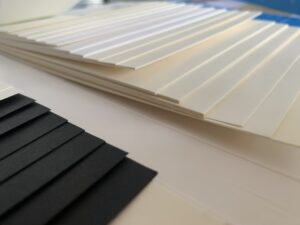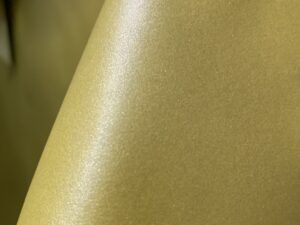Eco-Friendly Paper is a broad term for paper produced with a significantly reduced environmental impact throughout its entire lifecycle. The core principle is sustainability, achieved through responsible sourcing of materials, energy-efficient manufacturing processes, and enhanced biodegradability.
Key Characteristics :
Sustainable Sources : Made from recycled post-consumer waste (PCW), agricultural residues (like wheat straw, bamboo, or bagasse), or wood pulp from FSC-certified forests that ensure responsible forestry management.
Process Chlorine Free (PCF) : Often bleached without chlorine, using oxygen-based alternatives that significantly reduce the release of harmful toxins into water systems.
Biodegradable & Compostable : Breaks down naturally without leaving toxic residues, unlike plastic-coated papers.
Lower Carbon Footprint : Manufacturing typically consumes less water and energy compared to conventional paper production.
Non-Toxic : Free from harsh chemicals and acids, making it safer for users and the environment.
Common Uses :
Packaging : Cardboard boxes, filler, wrapping paper, and product boxes.
Printing & Stationery : Office paper, notebooks, journals, business cards, and brochures.
Food Service : Coffee cups, food containers, straws, and napkins (often with a biodegradable PLA lining instead of plastic).
Creative & Specialty Uses : Gift tags, wedding invitations, fine art printing, and craft paper.
Personal Care : Toilet paper, tissue paper, and paper towels made from recycled materials.















